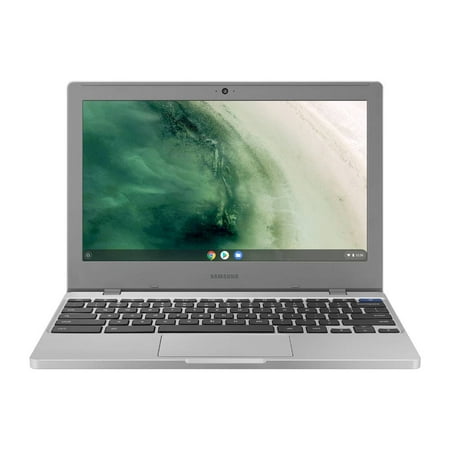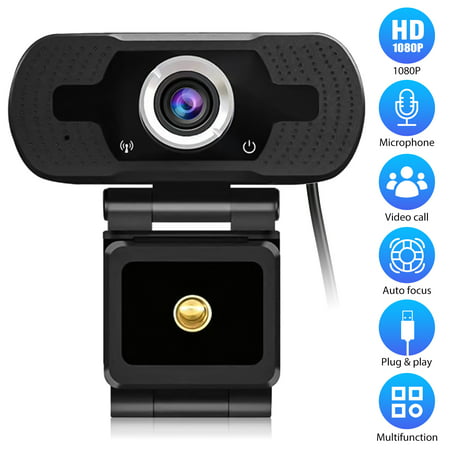EVOO 11.6″ Ultra Thin Laptop, AMD A4-9120 Processor, 32GB Storage, 2GB, Mini HDMI, Front Camera, Windows 10 Home, Black – Includes Office 365 Personal for One Year(A$69.99 Value)
Take care of business the right way with EVOO’s 11.6″ Ultra Thin Laptop. Loaded with 32GB storage and a 1920 x 1080p Full HD resolution screen, this super slim laptop is built to perform with a budget in mind. With Windows 10 Home, mini HDMI, and built-in webcam, the EVOO Ultra Thin laptop gives you access to the latest technology for all your personal and business needs.










Reviews
There are no reviews yet.